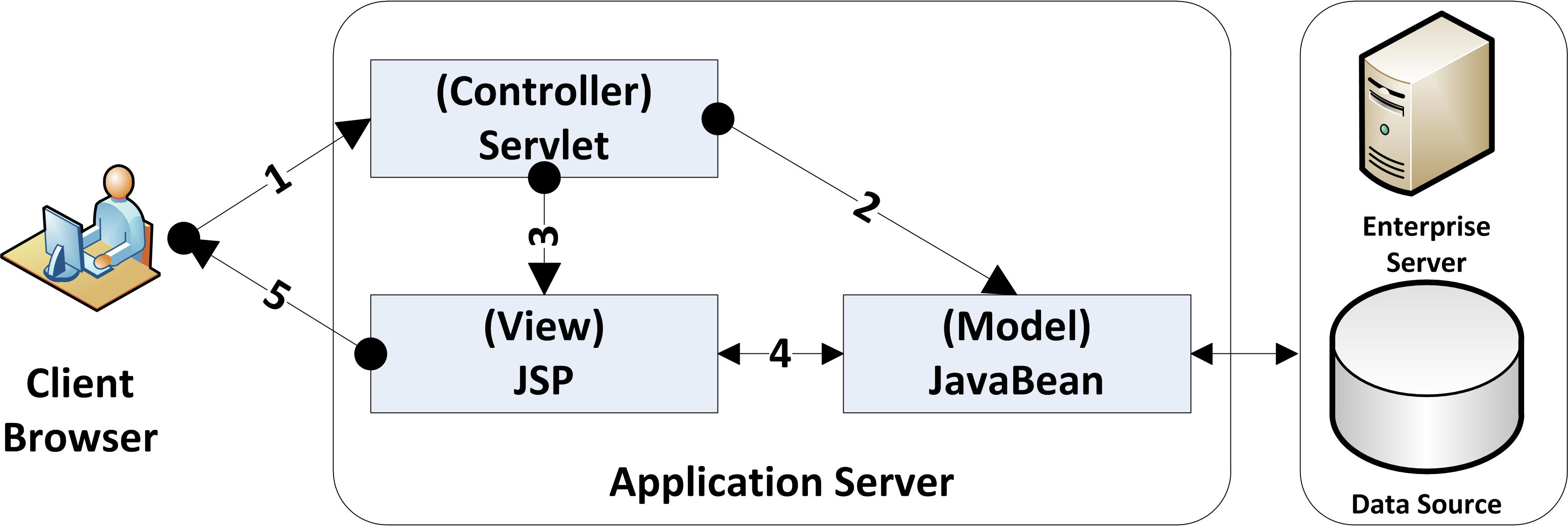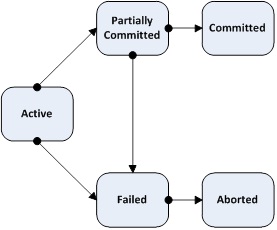JSF being one of the very successful, prominent and well backed up web framework, the importance of integration between Spring and JSF is covered in full detail with meaningful pictures and example code in this chapter for readers who are beginners and experts alike.
JavaServer Faces (JSF) is a server side user interface component framework for developing Java technology-based web applications. Developed through the Java Community Process under JSR – 314, it establishes the standard for building server-side user interfaces and have gained tremendous acceptance over the period of time in the Java world. JavaServer Faces APIs are being designed keeping in mind that they can be leveraged by tools that will make web application development even easier and simpler.
This Chapter provides an introduction on how the in famous Spring Framework can be integrated with in famous web framework, Java Server Faces Technologies. The Chapter covers the necessary details of both the Spring Framework and JSF technology in the initial section in the context of Integration and then later on moves towards the concept of concepts which help in easing the integration between the two technologies.
JSF Overview
Before getting into the details of how Sping and JSF Integration, it is important to know basic details of JSF. The following initial sections of this Chapter will cover JSF in some detail so that initial context is set and we can understand the integration in a clear fashion.
JSF Architecture
JSF is based on Model-View-Controller (MVC) architecture. Since it is based on well know MVC design the applications can be designed in a simpler and easy fashion keeping maintainability factor intact. In earlier Chapters we have covered MVC design patter in detail, so I wouldn’t repeat the same in this Chapter.
MVC model’s main purpose is to separate model and presentation to enable developers to set focus on their core skills and collaborate more clearly. If the application demands creating different pages for presentation, developers can concentrate on the view layer rather than model and controller layer as developers have a provision to reuse code for controller and model already written with ease.
Pictorially JSF architecture keeping the essence of MVC design can be represented as shown in Figure 13-1 below.
Figure 13-1. JSF architecture showing off MVC design
JSF Lifecycle
The processing of a request is called lifecycle in JSF. There are different phases which are executed one after the other following “Chain of responsibilities” design pattern. Figure 13-2 below shows the JSF lifecycle.
Figure 13-2. JSF lifecycle
There are various phases constituting the JSF lifecycle. The various lifecycle phases can be summarized as follows:
- Restore View
- Apply Request Values
- Process Validations
- Update Model Values
- Invoke Application
- Render Response
Pictorially the various phases in the JSF lifecycle can be as shown in Figure 13-3 below.
Figure 13-3. JSf lifecycle phases
JSF application in many ways work very much similar to a typical desktop application comprising of components and events. In line with client application, components can create events and can react or listen to events. There are different types of events and there are various places where these events are created and invoked. The events can be classified into three different types as shown below:
- System events – These events are created at various stages in an application or request lifetime. These events can be configured to evoke globally to all components and others which are related to a component.
- Phase events – Phase events are coarse grained in nature and are broadcasted before and after every phase. You can use phase listener to check access before a phase is entered. You also have a provision of registering global phase event listener and per view phase event listener. Global phase listener are executed for all requests whereas per view listener only for a request of the specific view.
- Application events – Application events are created by the application components. JSF has two types of events namely:
- ValueChangeEvent
- ActionEvent
Figure 13-4 below pictorially shows the events which are invoked at the various phases in the JSF lifecycle.
Figure 13-4. JSF lifecycle phases along with event invocation points
Page Visitors: 3883


